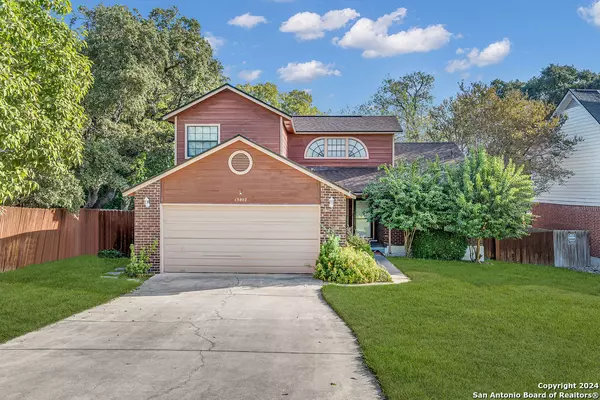Understanding the Costs of Homeownership
Homeownership is a significant milestone for many, representing stability, investment, and personal achievement. However, understanding the costs associated with owning a home is crucial for both buyers and sellers to make informed decisions. In this blog, we'll delve into the various financial aspects that impact homeownership, from the initial purchase to ongoing expenses, and how the neighborhood can influence these costs.
**Buyers: The Initial Outlay and Beyond**
For buyers, the journey begins with the down payment. Typically ranging from 3% to 20% of the home's purchase price, this upfront cost can be substantial. Additionally, closing costs—covering fees for appraisals, inspections, title insurance, and more—can add another 2% to 5% of the home's price.
Once you’ve secured your new home, monthly mortgage payments become a regular expense. These payments include not only the principal and interest on your loan but also property taxes and homeowners insurance. It's essential to budget for these recurring costs to avoid financial strain.
Moreover, buyers should consider maintenance and repair expenses. Unlike renting, where landlords handle repairs, homeowners are responsible for upkeep. Whether it's routine maintenance like lawn care or unexpected repairs such as fixing a leaky roof, these costs can add up quickly.
**Sellers: Preparing for Market Costs**
For sellers, understanding the costs associated with selling a home is equally important. Real estate agent commissions are one of the most significant expenses, typically ranging from 5% to 6% of the sale price. While some sellers opt for lower commission rates by choosing discount brokers or selling independently (FSBO), this often requires more effort and expertise.
Additionally, preparing your home for sale can incur costs. Staging your home to appeal to potential buyers might involve minor renovations or cosmetic upgrades like painting or landscaping. These improvements can increase your home's market value but require an initial investment.
Sellers should also be aware of closing costs they may need to cover, such as prorated property taxes or HOA fees. Understanding these expenses helps in setting a realistic selling price and negotiating effectively with buyers.
**Neighborhood: The Hidden Influencer**
The neighborhood where a home is located significantly impacts ownership costs. Property taxes vary widely depending on local tax rates and assessed property values. Researching these rates before purchasing can prevent unpleasant surprises.
Insurance premiums are also influenced by location. Homes in areas prone to natural disasters like floods or earthquakes may require additional coverage, increasing overall insurance costs.
Moreover, neighborhood amenities and services play a role in ongoing expenses. For instance, homes in communities with homeowners associations (HOAs) often come with monthly or annual fees that cover shared amenities like pools or parks but add to your regular expenses.
Finally, consider the potential for appreciation in property value based on neighborhood trends. Investing in an up-and-coming area might mean higher long-term returns but could come with initial risks.
**Conclusion**
Understanding the full spectrum of homeownership costs is essential for both buyers and sellers to navigate the real estate market successfully. Buyers need to account for down payments, mortgage-related expenses, and ongoing maintenance costs. Sellers must prepare for agent commissions and property preparation expenses while keeping an eye on market trends influenced by neighborhood characteristics.
By thoroughly researching and planning for these financial aspects, you can make informed decisions that align with your long-term goals—whether you're buying your first home or selling a beloved property.
Categories
Recent Posts










